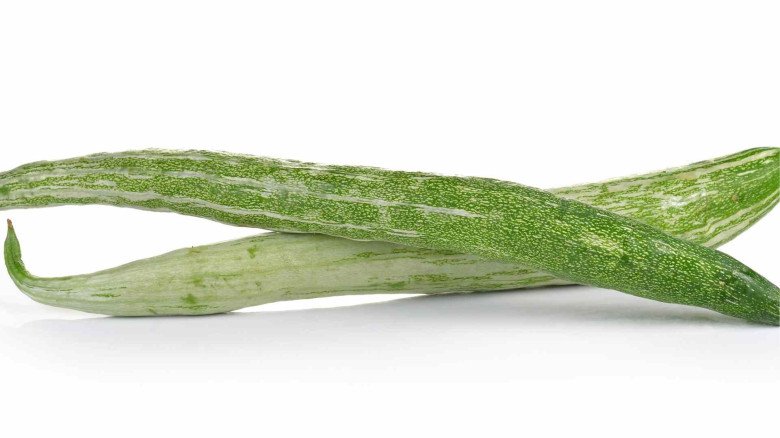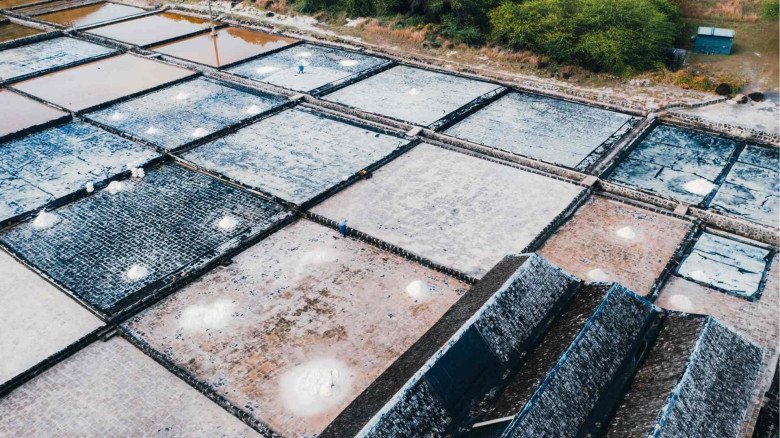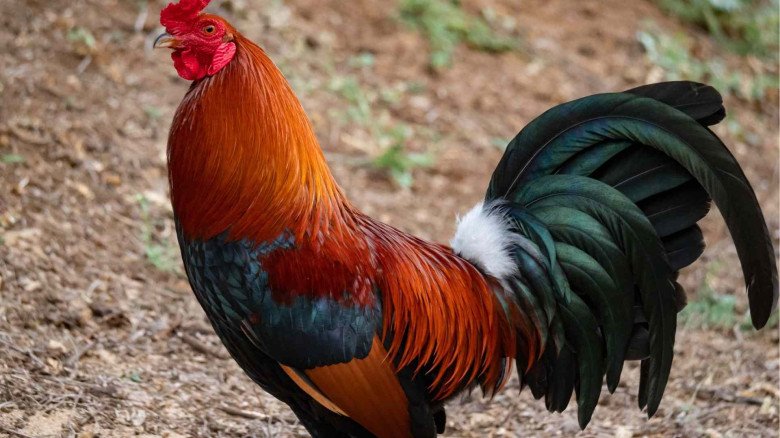A Complete Guide for Successful Corn Cultivation | Tips and Techniques
It's thrilling and satisfying to start a maize farming endeavour. It's essential to comprehend and carefully manage each step, from planting to harvesting, to produce a bountiful maize crop. This comprehensive book will cover the finer points of cultivating maize as well as the critical skill of managing weeds, which is essential to agricultural success.
Corn Cultivation Stages
1. Schedule and Soil Ready
The key to a successful maize planting is time. It is best to wait until late spring or early summer to ensure that the soil has sufficiently warmed. Till the ground to a depth of 6 to 8 inches, remove any debris, and add organic matter to the soil to prepare it. Sufficient soil drainage is essential to avoid flooding, which may negatively impact maize roots.
2. Choosing and Arranging Seeds
Select premium maize seeds from reliable suppliers, keeping in mind local climatic conditions, maturity, and disease resistance. Plant seeds with appropriate distances between rows and plants, planting them at the suggested depth of 1-2 inches. Enough space between plants enables them to get enough sunshine and nutrients.
4. Planting
Determining the success of the crop mostly depends on the careful method of planting maize. To guarantee ideal nutrient levels, the soil must be tilled and amended with organic matter before to planting. It is recommended to plant maize seeds 8 to 12 inches apart, with a depth of around 1 to 2 inches. It is best to grow maize in rows so that it may be easily cultivated and has enough air circulation. Watering must be done consistently throughout the germination stage since enough moisture is essential.
5. Weed identification, monitoring, and control
Prior to beginning weed control, you must identify common weeds that might harm your maize crop. Early identification of invasive plants gives you the ability to take focused action. Pigweed, foxtail, and lamb's quarters are common weeds. To find weeds, keep a frequent eye on your field.
Both mechanical techniques, such cultivators, and manual weeding work well to keep weeds under control. While automated cultivators can cover bigger areas, hand weeding may be labor-intensive yet accurate. To prevent harming maize roots, make sure that the cultivation tools are set to the proper depth.
7.Fertilization for Corn Soil Testing
To determine the quantities of nutrients in the soil, do soil testing prior to fertilisation. You may use this knowledge to customise fertiliser treatments to target certain deficits. For maize to develop as best it can, its levels of the essential elements nitrogen, phosphorus, and potassium need to be balanced.
Select fertilisers according to the findings of your soil test and the particular requirements of your maize crop. Use both organic and synthetic fertilisers to provide a well-balanced supply of nutrients. To enhance nutrient availability, take into account elements like application time and slow-release formulations.
8. Corn Watering Irrigation Techniques
Watering maize consistently and enough is necessary during all stages of development. To get water straight to the roots, experiment with different irrigation techniques including soaker hoses and drip irrigation. Effective water management is especially important at important times, like pollination.
Monitoring Water Stress: Keep an eye out for symptoms of water stress in maize plants and routinely check the amount of moisture in the soil. Schedule watering according to the crop's developmental stage and the weather. Keep in mind that overwatering and underwatering may affect both quality and production.
9. Corn Harvesting
Timely maize harvesting is crucial for achieving the best possible yield and quality. When the husks have dried and become brown, or when the kernels are in the "milk stage," maize is usually ripe. To determine the kernel's maturity, do the thumbnail test. Both production and nutritional content may be impacted by harvesting too soon or too late.
Make use of productive harvesting methods, such as a combine fitted with corn headers. To reduce post-harvest drying expenses and field compaction, harvest during dry weather. Harvested maize should be stored properly to preserve quality.
In summary
Corn requires rigorous cultivation, from planting to harvesting, and weed control techniques must be carefully considered. By incorporating these ideas into your maize cultivation approach, you improve production while also making your agricultural activities more sustainable. Happy growing!
-logo.webp.png)
.jpg)
-logo.webp.png)

































Leave A Comment